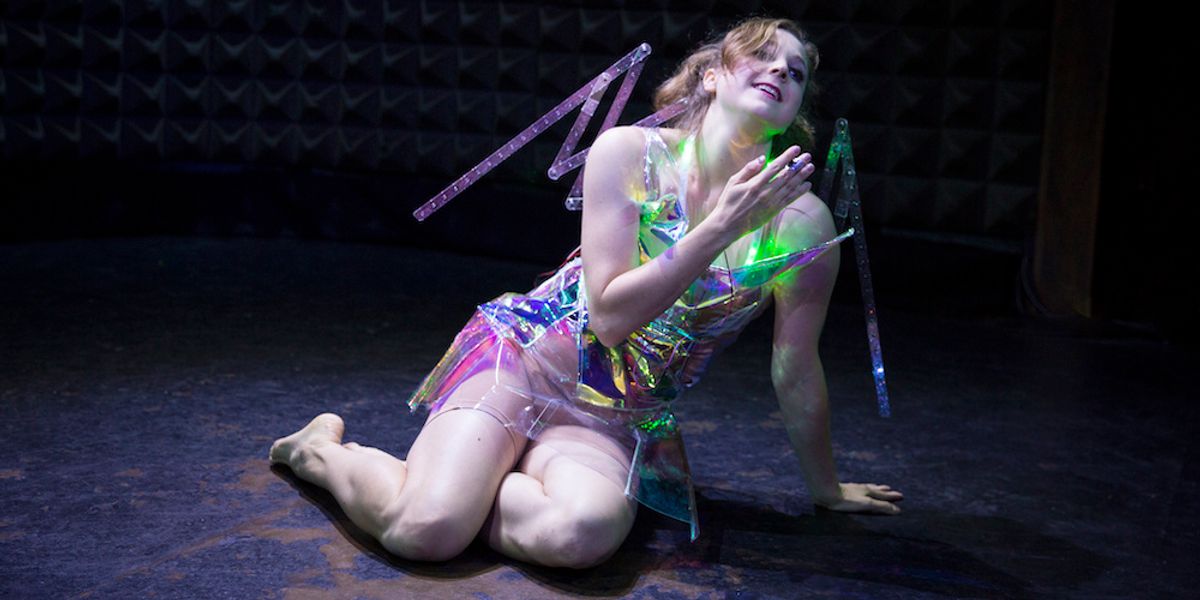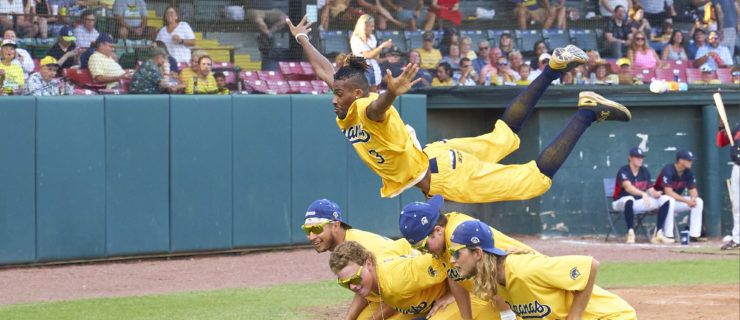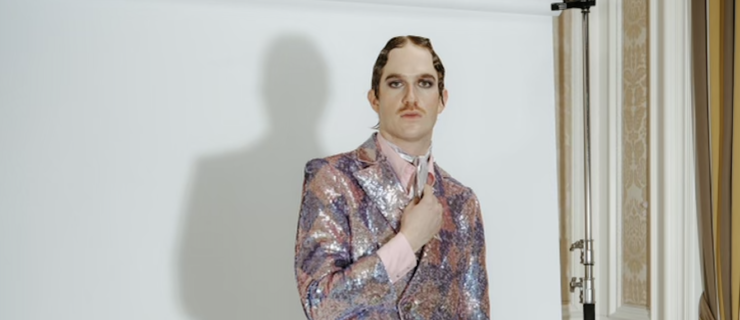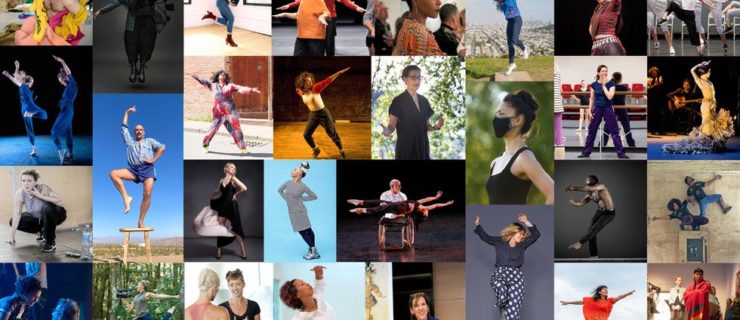The Well-Read Dancer: Book Recs From The People Movers' Kate Ladenheim
The subject matter Kate Ladenheim tackles, not to mention the way she tackles it, is often wildly ambitious—a multipronged series digging into internalized misogyny and the social impact of glass ceilings, for example, or a farcical meditation on what it takes to “make it” as an artist, told largely through social media.
It should come as no surprise that behind these works lies a lot of research, so we decided to ask Ladenheim for her recommended reading. We got a glimpse into her current project, which looks at the relationship between gender and technology, and found out about her fascination with books that push the boundaries of genre.

What book has influenced you most as a dance artist?
I read Chance and Circumstance: Twenty Years with Cage and Cunningham (Carolyn Brown’s memoir of her time dancing with the Cunningham company) as a senior in college. I was a pretty big Cunningham fan at the time, and was certain that as soon as I had a company of my own we’d also be touring the U.S. in a Volkswagen bus full of artists and collaborators.
It’s a dream that hasn’t manifested, but also I haven’t entirely let go of… However, it did frame my early years with my company The People Movers: We also started as a collective of eager artists insisting on something different in a multidisciplinary way.
In retrospect, this book taught me a number of other very important things that I wasn’t able to fully appreciate at the time I read it:
- Careers in the arts are not short, finite sprints—they are life-long pursuits that necessarily change and evolve.
- Things are not usually as great on the inside as they seem on the outside.
What is your favorite book or series from childhood?
His Dark Materials
by Philip Pullman.
How do you find the books you read as research for your works?
They usually come from internet deep dives or recommendations from other artists and collaborators I’m in conversation with.
Right now, I’m reading a lot of academic texts on gender and technology. I am currently the artist in residence at the Robotics, Automation, and Dance (RAD) Lab at the University of Illinois at Urbana-Champaign, working on a piece called Babyface. It’s a performance and installation centering on a femme cyborg who was designed to be perfect. She wears a pair of breath-activated robotic angel wings that represent feminized tropes around innocence, servitude, cuteness and spectacle. They also telegraph her exhaustion and emotional state by being intrinsically linked to her breathing; these wings are the very thing that make her so impressive, and are also a rigid, limiting characterization that become a burden over the course of the performance. The work parallels the ways that women and machines are talked about, treated and—in the case of machines—designed to look and behave.
I’ve taken a deep dive into Donna Haraway’s A Cyborg Manifesto, and many, many projects and publications within Londa Schiebinger’s Gendered Innovations in Science, Health & Medicine, Engineering, and Environment project.
What book have you reread the most?
Neil Gaiman’s Sandman comics.
What have you read most recently?
I just finished two books:
-
Trick Mirror
by Jia Tolentino—a selection of essays on internet-age existentialism. I love the way that Tolentino navigates issues of complicity; the way we participate and are forced to participate in the nastier cultural pressures that technology inspires. -
In the Dream House
by Carmen Maria Machado—Machado’s last book of short stories, Her Body and Other Parties, is one of my favorite things I’ve ever read. Her newest release is a harrowing memoir of an abusive queer relationship framed in the metaphor of a haunted house. Each section of this memoir is put through the lens of literary or cultural trope: dream house as bildungsroman, dream house as gothic romance, etc. It is simultaneously a gripping personal story and a larger commentary on the lack of writing and documentation of queer abusive relationships and how power dynamics play out outside of heteronormativity.
These are really different books, but there’s a similarity to both of them around questions of complicity and enabling—what actions are we forced into? What actions can we not opt out of? What parts of our behavior are we uniquely responsible for? Why are these questions so hard to answer?
(Also, I really can’t recommend these books enough.)

Do you have a favorite genre?
That’s like asking if I have a favorite sibling!
I get pretty excited about books that cross genres or push the boundaries of them (like Machado’s recent memoir).
What’s the book that you keep saying you’ll get around to, but haven’t yet?
Artificial Hells: Participatory Art and the Politics of Spectatorship
by Claire Bishop. I really want to be that person who can eat up critical theory just like a fiction story, but the truth is that I have to coax myself into it. This book addresses the ethical implications of participatory art, and is something I really should dig into.
Maybe this article can be the public accountability I need to get moving on it?




